Home>diy>Planning & Engineering>What Is Zoning And Types Of Zoning In Storage
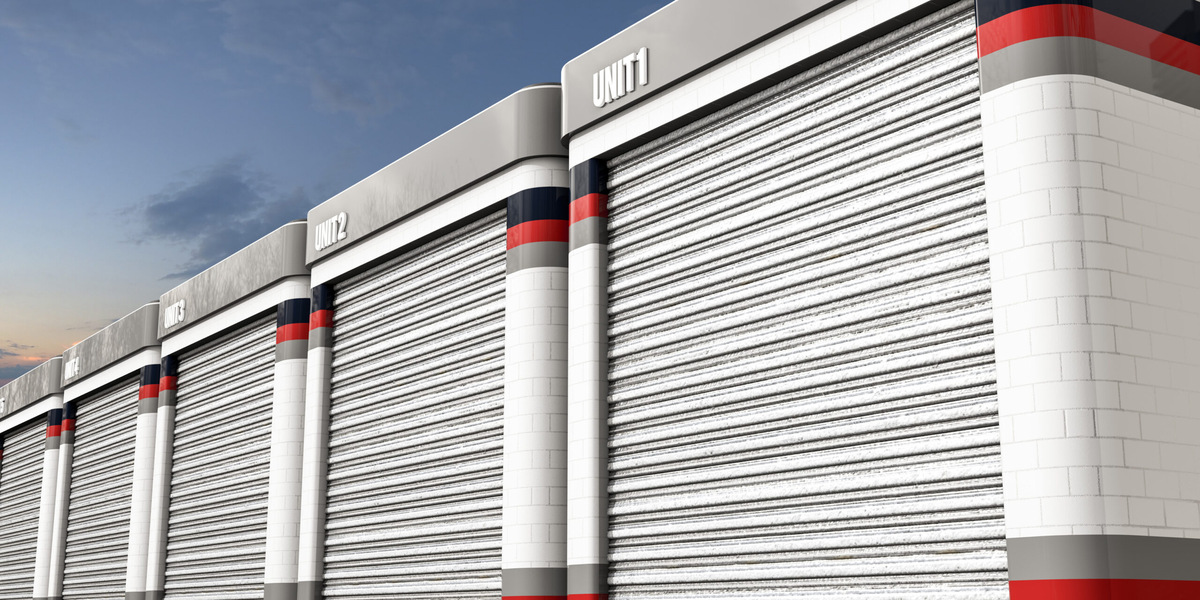

Planning & Engineering
What Is Zoning And Types Of Zoning In Storage
Modified: January 9, 2024
Learn about zoning in storage and the different types of zoning in planning-engineering. Understand how zoning regulations impact storage facilities and their operations.
(Many of the links in this article redirect to a specific reviewed product. Your purchase of these products through affiliate links helps to generate commission for Storables.com, at no extra cost. Learn more)
Introduction
Zoning is a crucial aspect of urban planning that plays a vital role in determining how land can be used and developed. In the world of storage, zoning regulations dictate where storage facilities can be located and what types of activities are allowed in those areas. These regulations are put in place by local governments to ensure that land use is appropriately organized and to promote the overall welfare and functionality of the community.
Understanding zoning and its various types in the context of storage is essential for both storage facility operators and those looking to utilize storage services. It helps to ensure that storage facilities are appropriately located and that they comply with the zoning regulations in their respective areas.
In this article, we will explore the concept of zoning, its importance in the storage industry, and the various types of zoning that exist.
Key Takeaways:
- Zoning in the storage industry ensures orderly development, community safety, and compatibility with surrounding areas. Understanding and adhering to specific zoning regulations is crucial for storage operators and individuals seeking storage services.
- Different types of zoning, including residential, commercial, industrial, agricultural, and mixed-use, play a vital role in determining the location and operation of storage facilities. Compliance with specific zoning regulations is essential for establishing harmonious relationships with the community and ensuring convenient access to storage services.
Read more: What Garden Zone Am I
Definition of Zoning
Zoning refers to the process of dividing land into different zones or districts for specific uses, such as residential, commercial, industrial, agricultural, or mixed-use purposes. It is a planning tool that establishes regulations and guidelines for land use, building height and size, setbacks, parking requirements, and other factors that impact how land can be utilized within each zone.
The purpose of zoning is to ensure that land use is orderly, compatible, and promotes the well-being of the community. By separating incompatible land uses, zoning helps to prevent potential conflicts, such as placing a noisy industrial facility in a residential neighborhood or a storage facility in the middle of a commercial district.
Zoning regulations are typically set forth by local governments, such as city councils or zoning boards, and are enforced through zoning ordinances. These ordinances outline the specific requirements and restrictions for each zoning district, including the permitted uses, development standards, and any special conditions or limitations.
Zoning maps are often used as visual representations of the different zoning districts within a municipality. These maps delineate the boundaries of each zone and provide a clear understanding of where various activities and land uses are allowed or restricted.
It is important to note that zoning regulations can vary significantly between different jurisdictions. Each local government has its own set of zoning objectives and principles that align with the unique needs and characteristics of their community. Therefore, it is essential for storage facility operators and those considering utilizing storage services to familiarize themselves with the specific zoning regulations in their area.
Importance of Zoning in Storage
Zoning regulations are of utmost importance in the storage industry. They not only ensure that storage facilities are appropriately located but also help to protect the interests of both storage operators and the surrounding community. Here are some key reasons why zoning is vital in the storage sector:
1. Orderly Development: Zoning regulations establish a framework for organized development by designating specific areas for storage facilities. This helps prevent haphazard and unplanned growth, ensuring that storage facilities are located in appropriate zones and complement the surrounding land uses.
2. Compatibility: Zoning ensures compatibility between storage facilities and nearby residential, commercial, or industrial areas. It prevents potential conflicts that may arise from the mixing of incompatible land uses, such as noise disturbances to residential neighborhoods or increased traffic congestion in busy commercial areas.
3. Community Safety: Zoning regulations include provisions related to safety standards and environmental considerations. These regulations ensure that storage facilities meet necessary safety requirements, such as fire codes, building standards, and hazardous materials storage regulations. This helps to protect the community, preventing hazards and potential accidents.
4. Quality of Life: Zoning helps maintain the quality of life within a community. By separating storage facilities from residential areas, it helps to preserve the tranquility of neighborhoods and prevent disturbances that may negatively impact residents’ quality of life, such as excessive noise or increased traffic congestion.
5. Property Values: Proper zoning can have a positive impact on property values. By ensuring that storage facilities are appropriately located and in harmony with the surrounding land uses, zoning regulations help maintain or even enhance property values for neighboring properties.
6. Economic Development: Zoning regulations can also support economic development by strategically allocating land for storage facilities in areas that are optimal for commercial activities. This can attract businesses, create job opportunities, and stimulate economic growth in the region.
7. Urban Planning and Aesthetics: Zoning regulations often address elements such as building design, landscaping, and signage. This helps to maintain the visual appeal and aesthetics of an area, contributing to the overall urban planning and creating a visually pleasing environment.
Overall, zoning in the storage industry ensures that storage facilities are located in appropriate areas and operate in a manner that is conducive to the well-being and harmony of the community. It strikes a balance between land use needs, aesthetics, safety, and quality of life, benefiting both storage operators and the surrounding residents.
Types of Zoning in Storage
In the storage industry, various types of zoning classifications exist to accommodate different land uses and activities. Below are the most common types of zoning that apply to storage facilities:
- Residential Zoning: Residential zoning designates areas for housing and limits commercial and industrial uses. Storage facilities may be subject to certain restrictions and regulations in residential zones to maintain the residential character of the area. Some municipalities may permit storage units as accessory structures in residential zones, while others may require them to be located in commercial or mixed-use zones.
- Commercial Zoning: Commercial zoning is designated for business and commercial activities. Storage facilities may be allowed in commercial zones, often with specific requirements regarding building size, parking, and aesthetics. These zones are typically located near retail areas or industrial parks, providing easy access for commercial customers.
- Industrial Zoning: Industrial zoning is designated for manufacturing, warehousing, and industrial activities. Storage facilities, particularly larger ones that cater to industrial clients, may fall under industrial zoning classifications. These zones allow for the storage and distribution of goods and equipment in areas suitable for heavy industrial use.
- Agricultural Zoning: Agricultural zoning is designated for farming, agriculture, and related activities. While storage facilities are not typically the primary use in agricultural zones, they may be permitted as ancillary structures to support farming operations, such as equipment or crop storage.
- Mixed-Use Zoning: Mixed-use zoning designates areas that allow for a combination of different land uses, such as residential, commercial, and sometimes even industrial activities. These zones promote a blend of residential and commercial developments, often with the goal of creating vibrant and walkable neighborhoods. Storage facilities may be permitted in mixed-use zones, depending on the specific regulations and requirements.
It’s important to note that zoning regulations can vary not only between different jurisdictions but also within the same jurisdiction. Some municipalities may have more specific zoning categories tailored to the storage industry. For example, they may have a specialized zoning classification for self-storage facilities or require conditional use permits for certain types of storage operations.
Before starting a storage facility or utilizing storage services, it is crucial to research and understand the applicable zoning regulations in the specific area of interest. This helps ensure compliance with local requirements and avoid potential conflicts with zoning authorities or neighboring properties.
By understanding and adhering to the appropriate zoning classifications, storage facility operators can establish their facilities in suitable locations and operate within the parameters of the law, promoting a harmonious relationship with the community.
Residential Zoning
Residential zoning is a classification that designates areas primarily for housing and limits the presence of commercial, industrial, and other non-residential activities. The purpose of residential zoning is to create and maintain communities that are suitable for residential living, providing residents with a peaceful and comfortable environment.
Storage facilities in residential zones are subject to specific regulations and restrictions to ensure compatibility with the surrounding residential character. The regulations vary depending on the jurisdiction, but generally aim to prevent excessive noise, increased traffic congestion, and visual disruptions that may arise from storage operations.
While storage facilities are not typically the primary use in residential zones, some municipalities allow for storage units as ancillary structures or as part of planned developments. These storage units are often intended for residential use, such as providing additional storage space for residents of multi-family dwellings or homeowners in single-family neighborhoods.
The regulations for residential zoning may specify the maximum size and height of storage structures, the setbacks from property lines and neighboring residences, and the aesthetics of the storage units to ensure they conform to the visual character of the area. In some cases, a conditional use permit may be required to establish a storage facility within a residential zone, allowing the local governing body to assess the project’s impact on the surrounding area.
It is important for storage facility operators to be aware of and comply with the specific regulations governing storage units in residential zones. This includes ensuring that the facility’s design, operation, and hours of operation conform to the established guidelines to minimize disruption to nearby residents.
From a resident’s perspective, having storage facilities available within residential zones can be beneficial, as it provides convenient storage options close to home. It allows individuals and families to store their belongings securely without the need to travel to distant commercial areas. However, it is crucial for storage facilities to operate within the established regulations to maintain the peace and tranquility of the residential neighborhood.
Overall, residential zoning strikes a balance between allowing storage facilities in residential areas to meet the storage needs of residents and preserving the residential character and quality of life within these neighborhoods. It ensures that storage facilities are appropriately located and operated in a manner that respects the surrounding residential community.
When considering zoning in storage, it’s important to understand the different types such as functional, physical, and administrative zoning. Each type serves a specific purpose in organizing and managing the storage space effectively.
Read more: What Is A-1 Zoning
Commercial Zoning
Commercial zoning is a land use classification that designates areas primarily for business and commercial activities. It is intended to accommodate a variety of commercial enterprises, including retail stores, offices, restaurants, and service-oriented businesses. Within the scope of commercial zoning, storage facilities may be permitted, subject to specific regulations and requirements.
The presence of storage facilities in commercial zones is often beneficial for businesses and consumers. It allows for convenient access to storage solutions, whether for storing inventory, equipment, or business records. Storage facilities in commercial areas cater to businesses of all sizes and can provide valuable support for their operations.
When establishing a storage facility in a commercial zone, operators must abide by the zoning regulations pertaining to such facilities. These regulations may cover various aspects, such as the allowable size and height of storage structures, parking requirements, signage restrictions, and other considerations. Compliance with these regulations ensures that the storage facilities integrate harmoniously with the existing commercial landscape and do not impose significant burdens on the surrounding businesses.
Commercial zoning regulations may also stipulate the type of storage allowed within the zone. For example, a commercial zone may permit self-storage facilities but restrict other types of storage operations, such as outdoor storage yards or warehouse facilities. It is crucial for storage operators to review the specific regulations applicable to their intended business model to ensure that their plans align with the designated use of the commercial zone.
From a consumer standpoint, having storage facilities located within commercial zones offers numerous benefits. It allows individuals and businesses to access storage solutions conveniently, with easy access to their storage units. Commercial zones are typically well-connected to transportation infrastructure, making it convenient for customers to transport their belongings to and from the storage facility.
Additionally, storage facilities in commercial zones often provide enhanced security measures, such as surveillance cameras, gated access, and on-site staff. This helps to ensure the safety of stored items and provides peace of mind for customers.
Overall, commercial zoning plays a crucial role in allowing storage facilities to operate in areas where they can best serve businesses and customers. It provides a suitable environment for storage to support commercial activities and ensures that storage facilities comply with the necessary regulations and requirements dictated by the zoning authorities.
Industrial Zoning
Industrial zoning is a land use classification that designates areas primarily for manufacturing, warehousing, and industrial activities. It provides a controlled environment for industries that may require specialized infrastructure, ample space, and specific zoning regulations to operate efficiently. Storage facilities, particularly those catering to industrial clients, can fall under the category of industrial zoning.
Storage facilities in industrial zones are strategically located to serve businesses that require storage solutions for their inventory, raw materials, equipment, or finished goods. These facilities often offer larger storage spaces, such as warehouses or distribution centers, to accommodate the storage needs of industrial-scale operations.
In industrial zones, zoning regulations may allow for a range of storage-related activities, including warehousing, distribution, and logistics. Regulations typically outline parameters such as building size, height restrictions, parking requirements, and accessibility provisions to ensure that storage facilities operate smoothly within the industrial environment.
Industrial zoning often involves specific considerations to address the unique needs and impact of industrial activities on the surrounding area. These considerations may include noise control, emissions regulations, and traffic management provisions to minimize disruptions to neighboring residential areas or other non-industrial zones.
Industrial zones are typically located in areas with excellent transportation infrastructure, such as near major highways, rail lines, or ports. This allows for efficient transportation of goods to and from the storage facility and ensures convenient access for industrial clients.
By co-locating storage facilities with industrial activities, industrial zoning helps optimize supply chain logistics and promotes the seamless flow of goods between manufacturers, suppliers, and distributors. It contributes to the overall efficiency of industrial operations and supports economic growth in the region.
From a storage operator’s perspective, establishing a facility in an industrial zone offers several advantages. It provides proximity to a customer base that demands robust storage solutions, enhances access to transportation networks, and allows for the efficient movement of goods in and out of the facility.
Ultimately, industrial zoning enables the integration of storage facilities within the industrial landscape, facilitating streamlined operations and enhancing the efficiency of supply chains. It helps to create a harmonious balance between storage providers and industrial businesses within designated zones.
Agricultural Zoning
Agricultural zoning is a land use classification that designates areas primarily for farming, agriculture, and related activities. The purpose of agricultural zoning is to protect and preserve agricultural land for farming operations while limiting non-agricultural uses in these areas. While storage facilities are not typically the primary use in agricultural zones, they may be permitted as ancillary structures to support agricultural activities.
Storage facilities in agricultural zones serve various purposes, such as storing farm equipment, agricultural supplies, and harvested crops. These facilities play a crucial role in supporting the operations of farmers and helping them manage their agricultural resources effectively.
Agricultural zoning regulations typically outline the specific conditions and limitations for storage facilities within these zones. The regulations may address factors such as the size and height of storage structures, setbacks from property lines and neighboring agricultural operations, and the compatibility of the storage facility with the overall agricultural environment.
While agricultural zones prioritize farming activities, storage facilities in these zones are often subject to restrictions to ensure they do not interfere with agricultural operations or compromise the agricultural character of the area. This may include limitations on the scale of storage facilities and design guidelines that encourage structures to blend in with the surroundings.
From a farmer’s perspective, having storage facilities available in agricultural zones is essential for efficiently managing farm equipment, fertilizers, pesticides, and harvested crops. It allows farmers to store their valuable equipment and supplies close to their fields, ensuring easy access and convenience.
Additionally, storage facilities in agricultural zones may help farmers in their efforts to comply with food safety regulations. These facilities can provide proper storage conditions for harvested crops, ensuring that they are protected from damage and contamination.
Overall, agricultural zoning balances the need to maintain agricultural land use with the need to provide ancillary structures like storage facilities to support farming operations. It ensures that storage facilities in agricultural zones align with the primary goal of preserving and promoting agricultural activities.
As with any zoning classification, it is crucial for storage operators to familiarize themselves with the specific regulations of the agricultural zone in which they wish to establish their facilities. By adhering to these regulations, storage operators can contribute to the sustainability and productivity of the agricultural sector while meeting the storage needs of farmers and agricultural businesses.
Mixed-Use Zoning
Mixed-use zoning is a land use classification that designates areas for a blend of different types of land uses, including residential, commercial, and sometimes even industrial activities. The aim of mixed-use zoning is to create vibrant and walkable neighborhoods that offer a variety of amenities and services within close proximity.
Storage facilities can be a part of mixed-use zoning, depending on the specific regulations and requirements set forth by local zoning authorities. In mixed-use zones, storage facilities may coexist with residential buildings, office spaces, retail establishments, and other commercial ventures.
The presence of storage facilities in mixed-use zones offers numerous advantages. It allows for the integration of storage solutions into neighborhoods, providing convenient access to storage services for residents, businesses, and visitors in the area.
When establishing a storage facility in a mixed-use zone, operators must adhere to the specific zoning regulations that govern the zone. These regulations may address factors such as building design, height restrictions, parking requirements, and the compatibility of storage facilities with the surrounding land uses.
Storage facilities in mixed-use zones have the potential to enhance the overall accessibility and convenience of the neighborhood. They contribute to the availability of on-site storage options for residents living in multi-family dwellings who may have limited personal storage space. Additionally, businesses in mixed-use zones can benefit from nearby storage facilities to store their inventory, supplies, or equipment.
Mixed-use zoning also promotes a walkable environment by creating a sense of place where residents can live, work, shop, and utilize various services within a compact area. By including storage facilities in mixed-use zones, it offers an additional amenity that contributes to the overall functionality and diversity of the neighborhood.
From a community perspective, the inclusion of storage facilities in mixed-use zones requires careful planning to ensure that they integrate harmoniously with the surrounding land uses. It is important for storage operators to consider factors such as noise control, traffic management, and the visual impact of the facility on the overall aesthetics of the neighborhood. This helps to maintain the quality of life for residents and the attractiveness of the mixed-use environment.
Overall, mixed-use zoning creates opportunities for storage facilities to be implemented in areas where they can meet the storage needs of residents, businesses, and the broader community. The integration of storage options within mixed-use zones supports the convenience and livability of neighborhoods while fostering a diverse and vibrant urban fabric.
Read more: What Is Zoning For A School
Conclusion
Zoning plays a crucial role in the storage industry, determining where storage facilities can be located and dictating the regulations and restrictions that govern their operations. Understanding the different types of zoning classifications and their implications is essential for storage facility operators and individuals seeking storage services.
The various types of zoning in storage include residential, commercial, industrial, agricultural, and mixed-use zoning. Each zoning classification serves specific purposes and has distinct regulations that govern the establishment and operation of storage facilities within them.
Residential zoning ensures that storage facilities are appropriately located in residential areas, with specific regulations in place to maintain the integrity of the surrounding neighborhoods. Commercial zoning allows for the establishment of storage facilities in areas primarily designated for business and commercial activities, catering to the storage needs of businesses and customers in these areas.
Industrial zoning provides an environment that supports storage solutions for industries, such as warehousing, manufacturing, and distribution. Storage facilities in industrial zones accommodate the storage needs of industrial-scale operations and contribute to efficient supply chain management.
Agricultural zoning preserves and protects agricultural lands while allowing ancillary structures like storage facilities to support farming activities. Storage facilities in agricultural zones offer farmers convenient and secure storage options for equipment, supplies, and harvested crops.
Mixed-use zoning creates dynamic and vibrant neighborhoods by combining different land uses, including storage facilities. It fosters a sense of community and provides on-site storage options for residents and businesses in close proximity.
In conclusion, zoning ensures the orderly development, compatibility, and safety of storage facilities within their respective areas. Understanding and complying with specific zoning regulations is crucial for storage operators to establish their facilities in suitable locations and operate in a manner that respects the surrounding community.
For individuals seeking storage services, awareness of the applicable zoning regulations helps in finding storage facilities conveniently located, whether in residential, commercial, industrial, agricultural, or mixed-use zones.
Overall, zoning in the storage industry promotes the well-being of communities, supports economic development, facilitates efficient land use, and enhances the accessibility and convenience of storage services for individuals and businesses.
Frequently Asked Questions about What Is Zoning And Types Of Zoning In Storage
Was this page helpful?
At Storables.com, we guarantee accurate and reliable information. Our content, validated by Expert Board Contributors, is crafted following stringent Editorial Policies. We're committed to providing you with well-researched, expert-backed insights for all your informational needs.

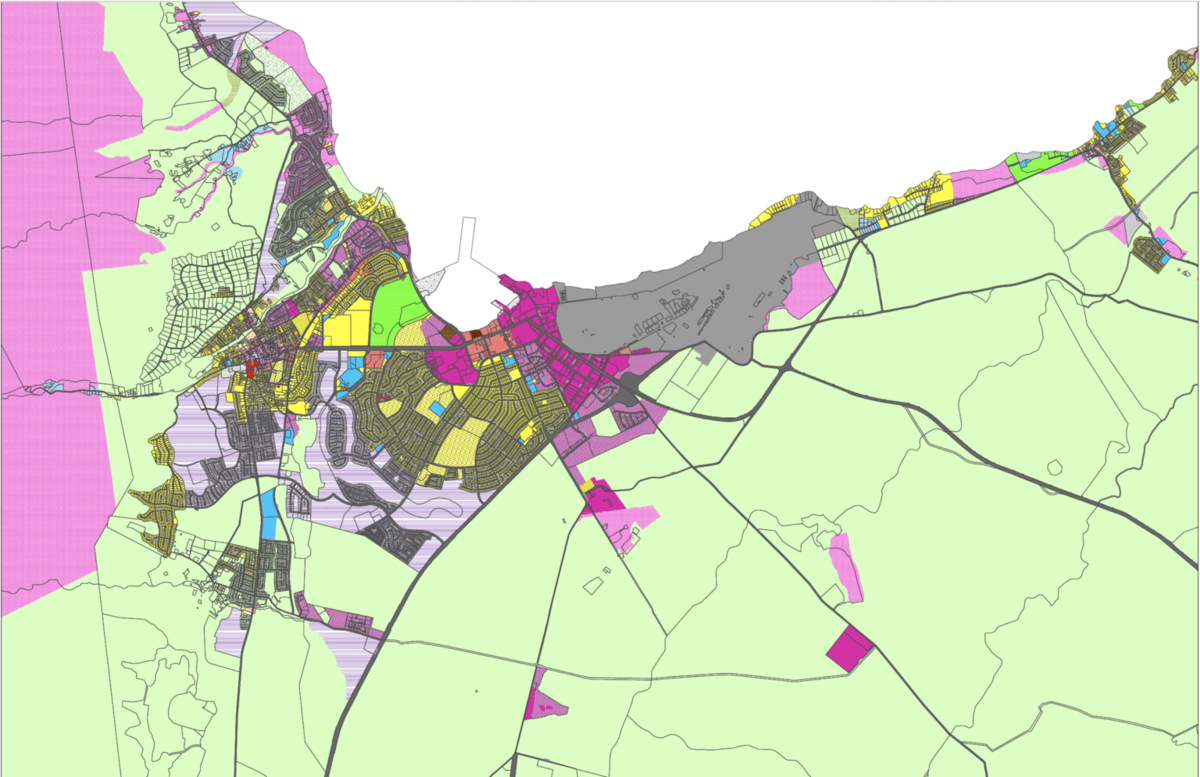


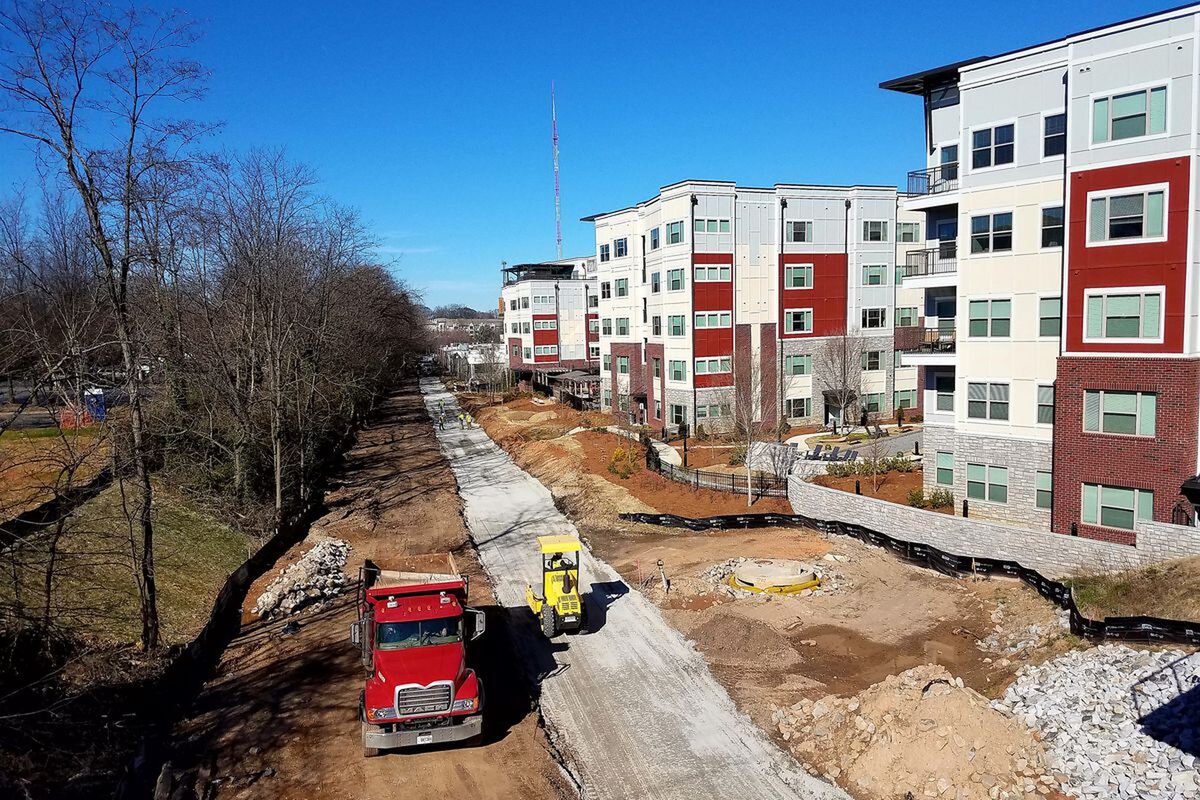
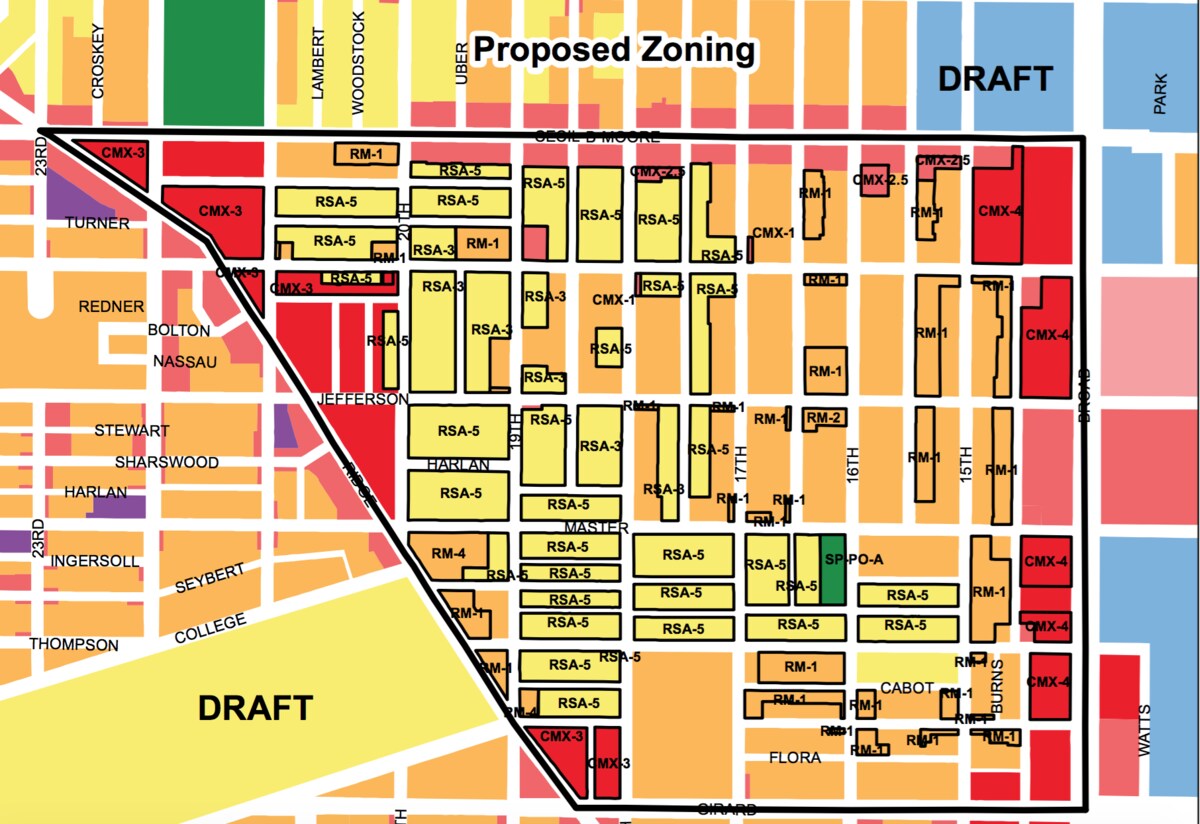
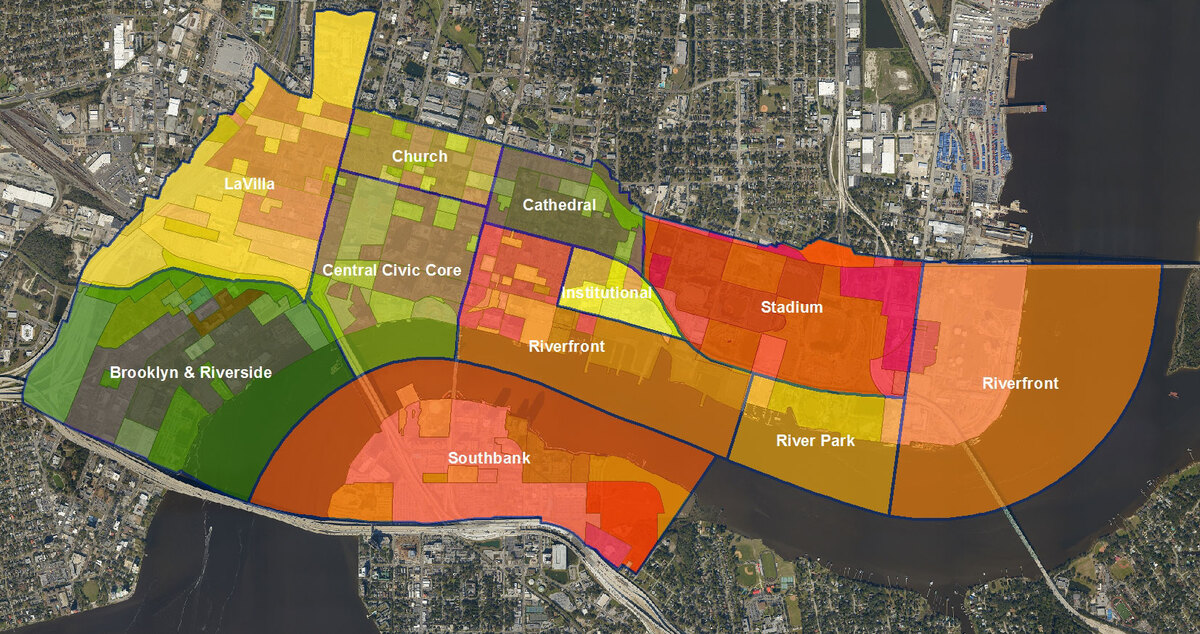

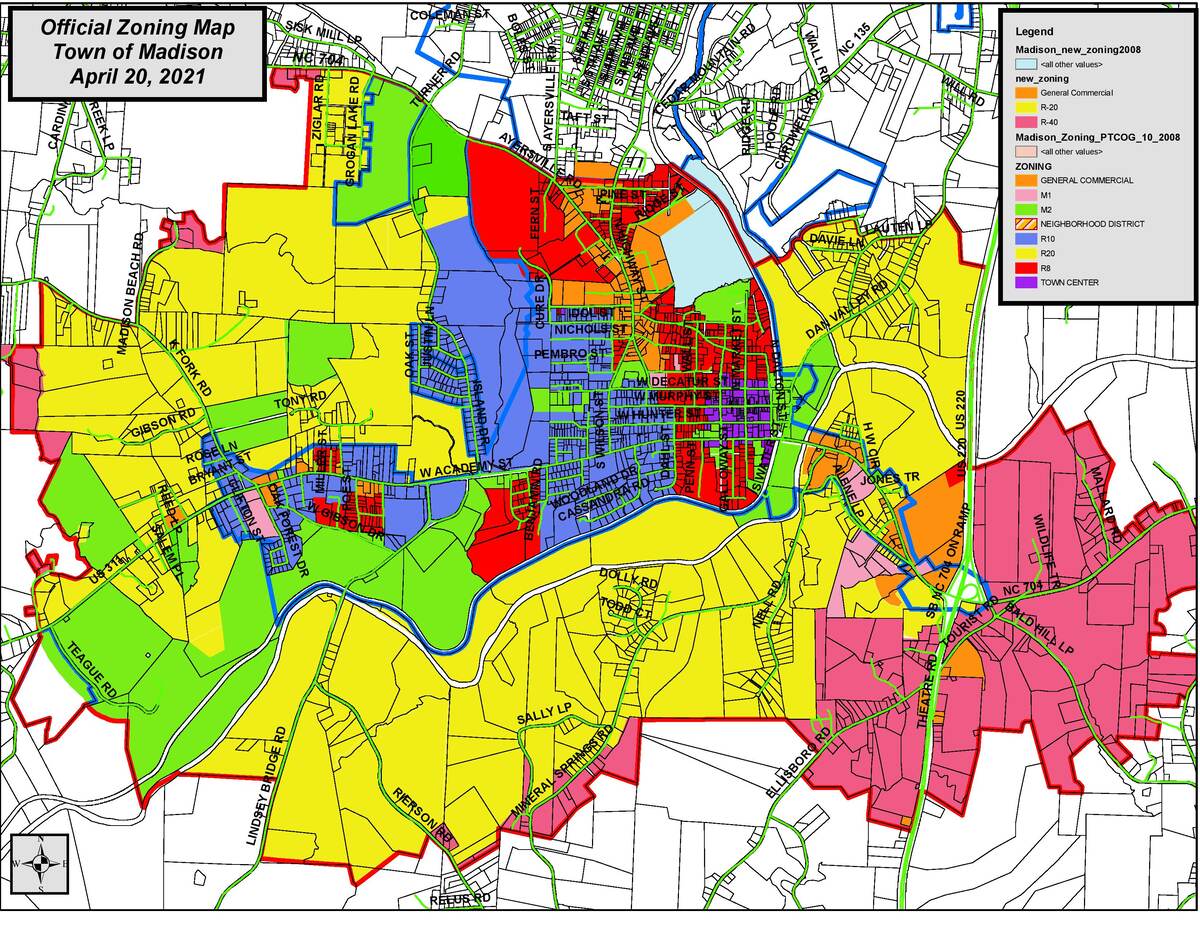


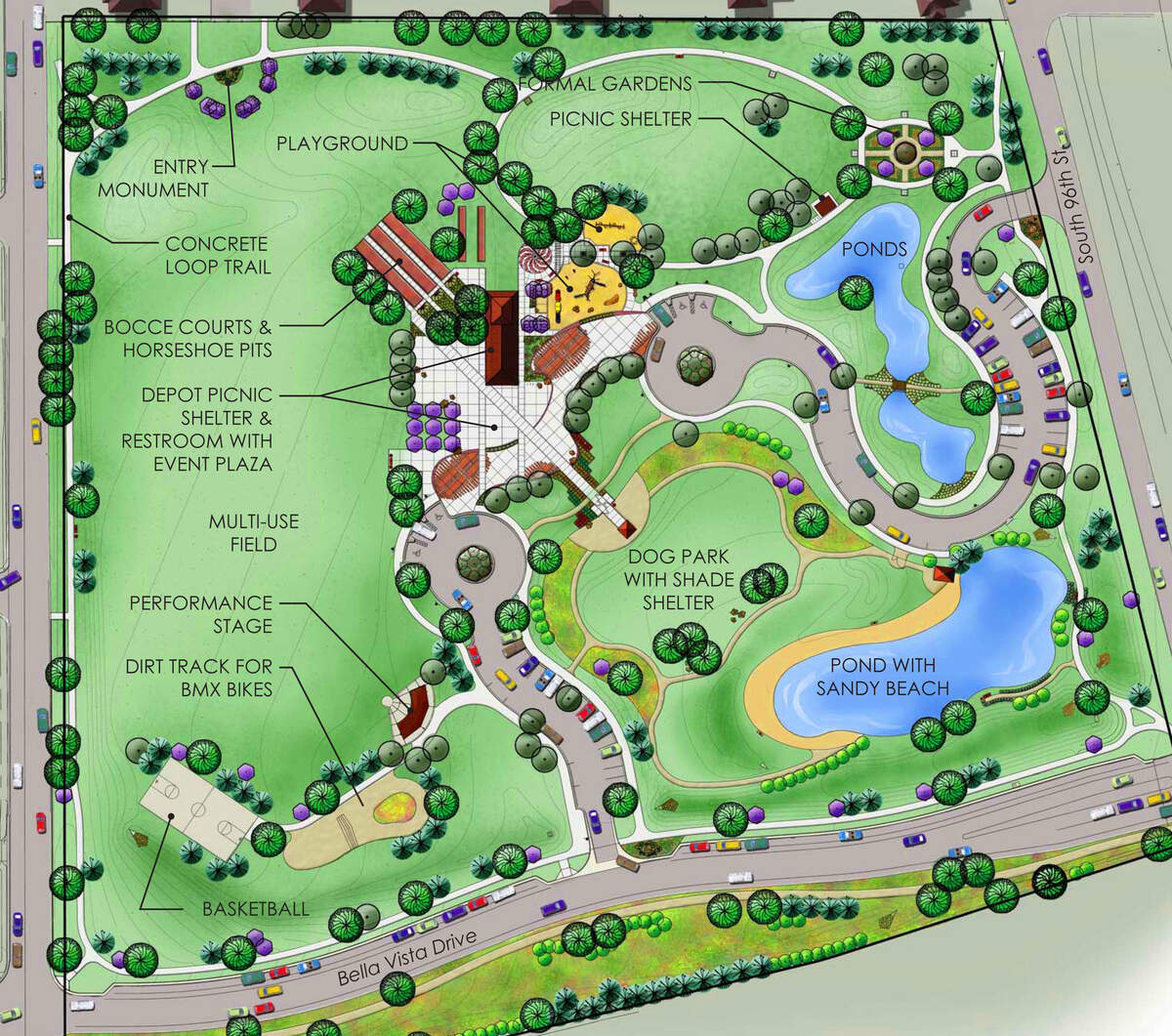


0 thoughts on “What Is Zoning And Types Of Zoning In Storage”